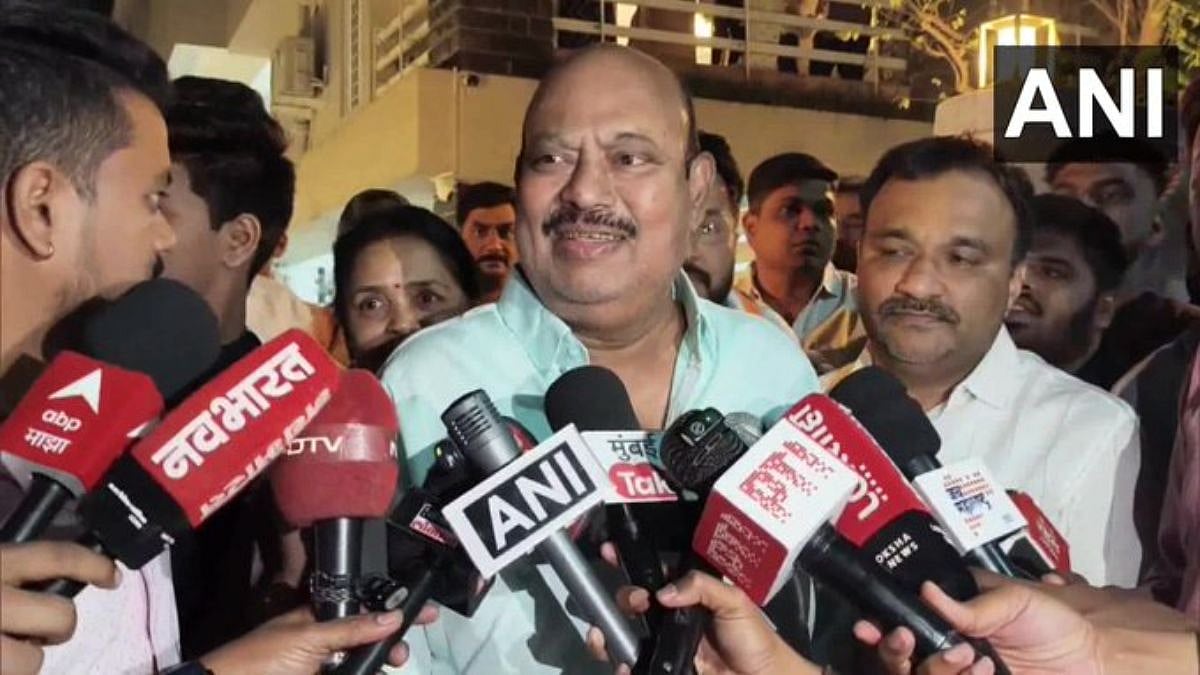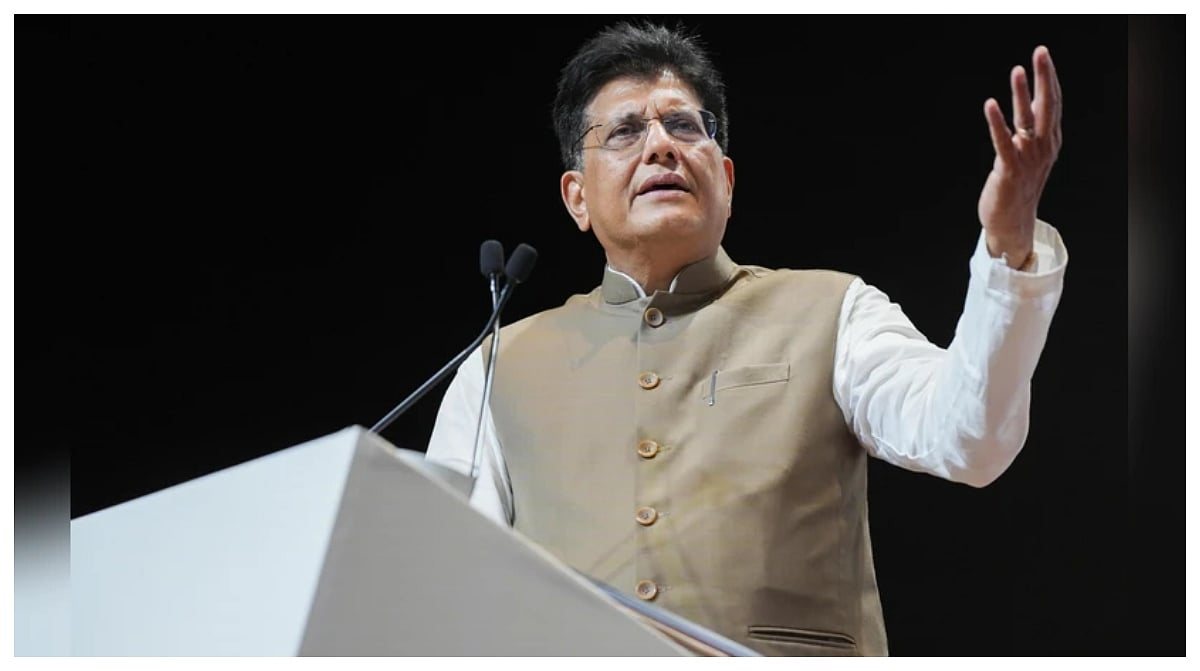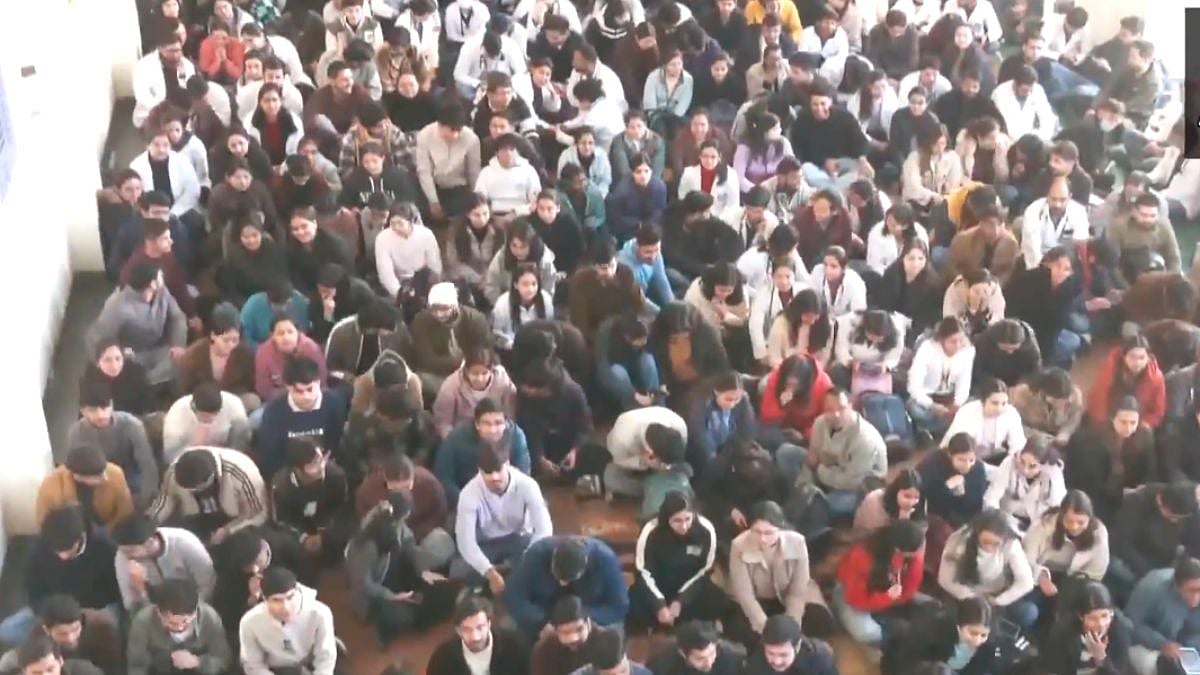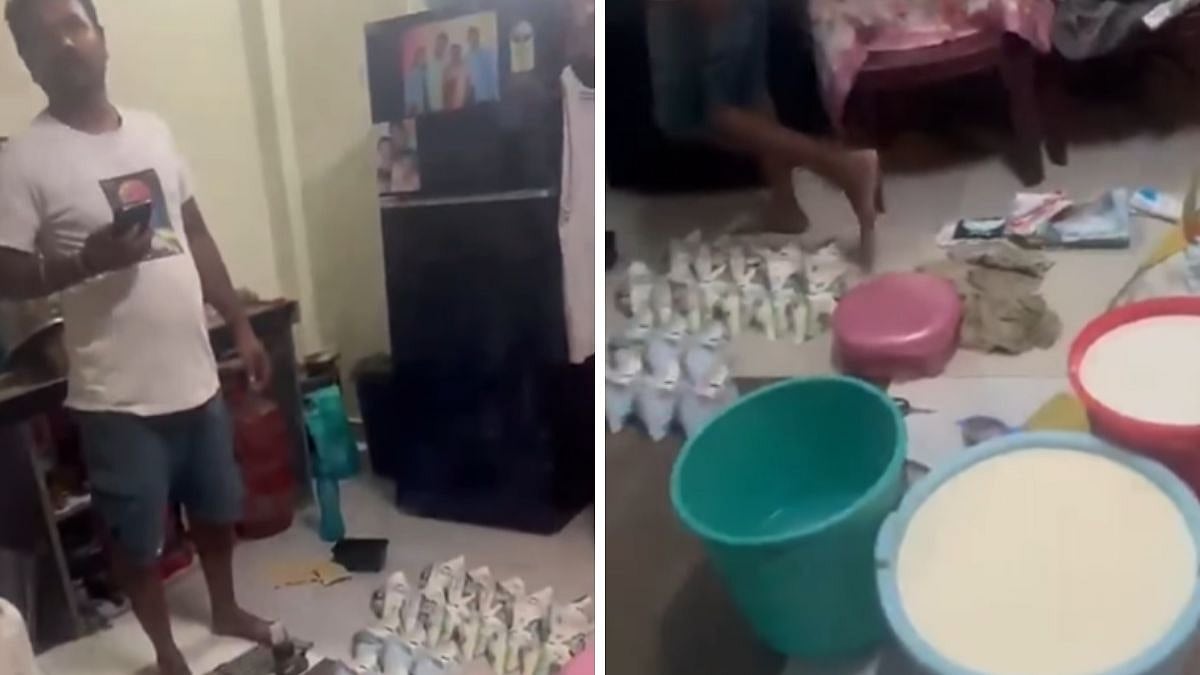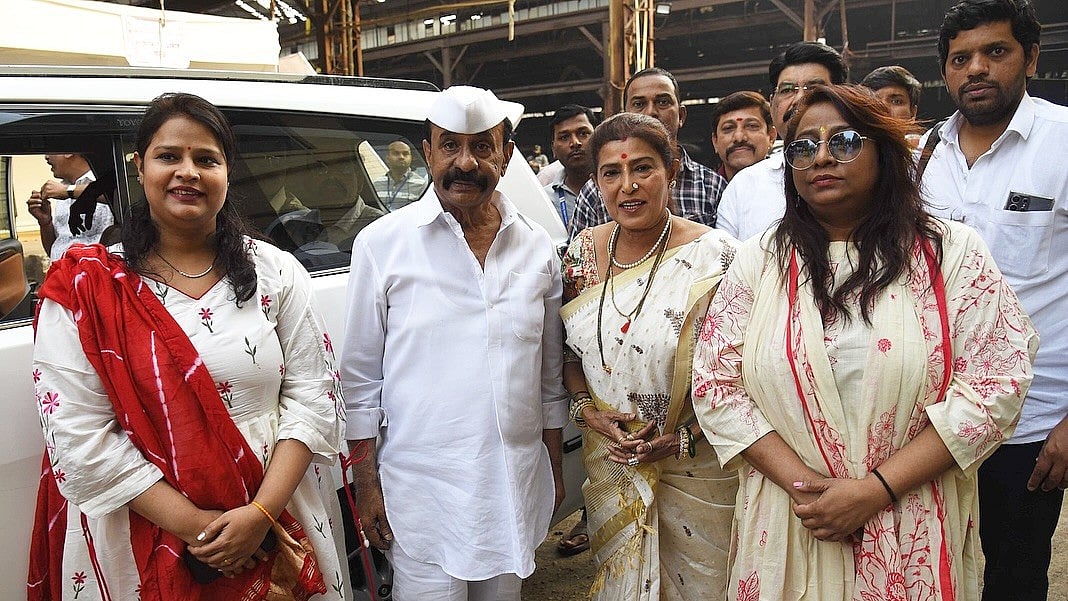Residents of Mumbai yet again face the prospect of water cuts in the run-up to the monsoon this year, with stocks in reservoir running low. Despite decades-old plans to tackle the increasing demand for water in the city, the BMC has failed to develop an alternative source of supply. Projects that will increase the supply will take another three to four years to complete, according to officials.
Last year, the late arrival and early withdrawal of the monsoon affected the city’s water stock. The seven lakes that supply water to Mumbai currently have 45% stock – the lowest in two years.
BMC seeks permission from govt to use reserve stocks from Bhatsa & Upper Vaitarna
The civic body has now sought permission from the state government to use reserve stocks from Bhatsa and Upper Vaitarna lakes andalso plans to impose a 10% water cut from next month to avert a crisis in the summer.
With rainfall being the only source of water, the city has faced a severe water crisis with 15% to 30% cuts in 2009, 2014, 2015, 2020, 2022 and 2023.
The municipality recently started work on an ambitious project to build a desalination plant at Manori – 16 years after it was first proposed. The plant will have the capacity to increase the supply by 200 million litres of water per day (MLD). However, it will take four years to complete the project.
City's water problem
Around 60% of potable water in Mumbai is used for gardening, washing clothes and cars and in toilets. Once Mumbai’s seven sewerage plants are upgraded,the city will get 2,400 million litres of treated water. The BMC has plans to sell the non-potable water to factories for secondary purposes. However, it will take a few years to complete the project.
Daily water supply: 3,900MLD
Demand for water: 4,500MLD
2014, Last dam constructed – Middle Vaitarna
IN THE PIPELINE:
Gargai Dam: 440MLD
Pinjal Dam: 865MLD
Damanganga-Pinjal River link: 1,586MLD

